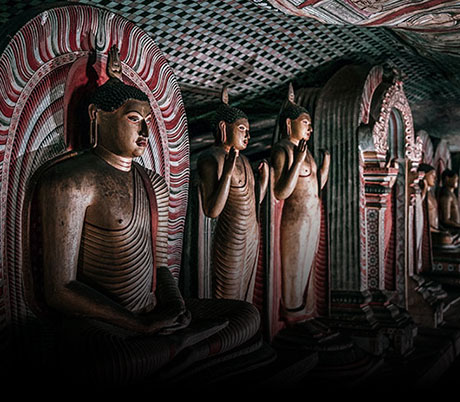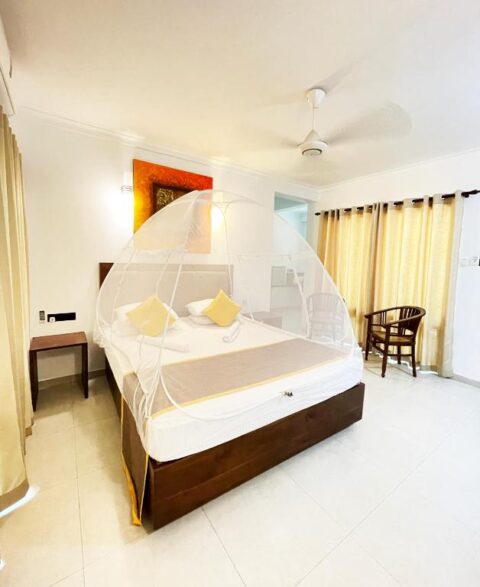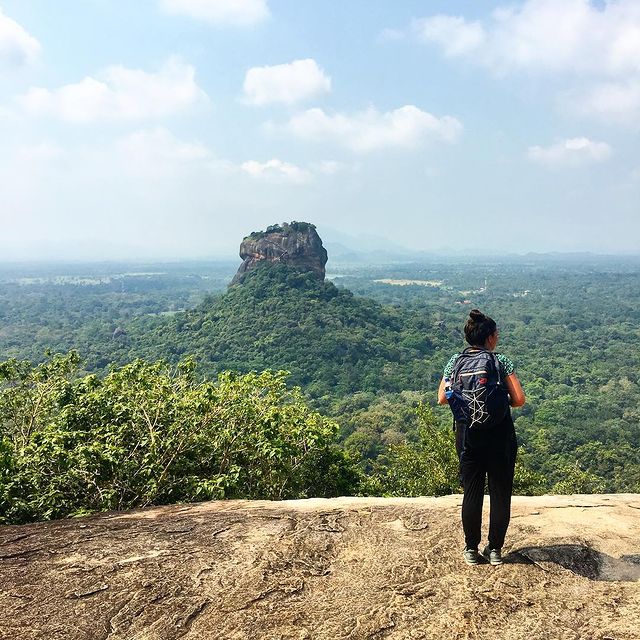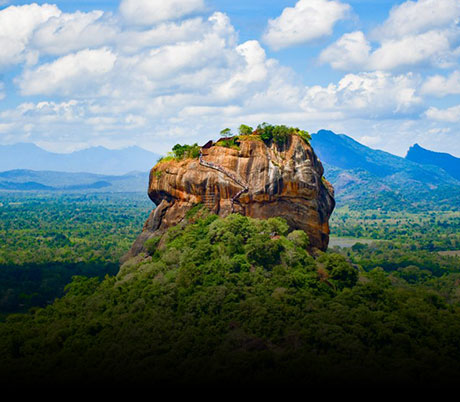Dambulla Cave Temple, also known as the Golden Temple of Dambulla, is one of Sri Lanka’s most treasured cultural landmarks. Located in the heart of the country, this UNESCO World Heritage Site is a testament to the island’s rich history, intricate art, and deep-rooted Buddhist traditions. Whether you’re a history enthusiast, an art lover, or a spiritual seeker, this guide will provide you with everything you need to know about this fascinating site.
Historic Details of the Dambulla Cave Temple
A Legacy Carved in Stone
- Age: The Dambulla Cave Temple dates back over 2,200 years, making it one of the oldest preserved religious sites in Sri Lanka.
- Founder: The temple was built under the reign of King Valagamba (also known as Vattagamini Abhaya) in the 1st century BCE.
- Purpose: King Valagamba transformed these natural caves into a sanctuary for Buddhist monks during his 14-year exile, later converting them into a grand temple upon regaining his throne.
Significance
The temple is a living monument to Sri Lanka’s Buddhist heritage, featuring a harmonious blend of religion, culture, and art that has captivated pilgrims and visitors for centuries.
The Location and Climb
- Where is Dambulla Cave Temple? Dambulla Cave Temple is located in the central part of Sri Lanka, about 150 kilometers northeast of Colombo and 72 kilometers north of Kandy. It’s situated on a massive granite outcrop that dominates the surrounding plains.
- Height: The temple is perched approximately 160 meters (525 feet) above ground level, offering breathtaking panoramic views of the surrounding area.
- Steps to Climb: Visitors must climb around 364 steps to reach the temple complex. While the climb may sound challenging, it’s manageable for most people and offers scenic beauty along the way.
- Best Time to Visit: The best time to climb is early in the morning or late afternoon to avoid the midday heat. Visiting during the dry season (December to March) is ideal for pleasant weather.
The Caves and Their Wonders
Overview of the Caves
The Dambulla Cave Temple complex consists of five main caves, each adorned with remarkable frescoes and statues.
- Devaraja Lena (Cave of the Divine King): This cave features a 14-meter-long reclining Buddha statue and is the oldest of the five.
- Maharaja Lena (Cave of the Great Kings): The largest cave, housing 16 standing and 40 seated Buddha statues, along with depictions of deities and kings.
- Maha Alut Viharaya (Great New Monastery): Known for its vibrant 18th-century frescoes.
- Pachima Viharaya (Western Monastery): Features a seated Buddha under a Makara Torana.
- Devana Alut Viharaya (Second New Monastery): Smaller but equally captivating with its unique statues and paintings.
Fresco Art
- Historic Value: The caves are adorned with over 2,100 square meters of intricate frescoes depicting scenes from the life of Buddha and Sri Lanka’s Buddhist history.
- Techniques: These frescoes are masterpieces of ancient Sinhalese artistry, created using natural pigments derived from minerals and plants.
Buddha Statues
- The complex houses 153 Buddha statues, three statues of Sri Lankan kings, and four of Hindu deities (Vishnu and Ganesha).
- Each statue is meticulously carved and painted, showcasing different mudras (gestures) of the Buddha.
Scenic Views from the Temple
Once at the top, visitors are rewarded with stunning panoramic views of Sri Lanka’s central plains. On a clear day, you can see the Sigiriya Rock Fortress in the distance, adding to the site’s allure. The serene atmosphere makes the climb worthwhile and offers excellent photo opportunities.
Tips for Visitors
- Dress Code: Modest clothing is required to enter the temple. Avoid shorts and sleeveless tops. Carry a shawl or scarf if needed.
- Footwear: Shoes must be removed before entering the temple. It’s advisable to bring socks to protect your feet from the hot ground.
- Time Needed: Allocate at least 2 to 3 hours to explore the caves and enjoy the surroundings.
The Dambulla Cave Temple is a must-visit destination for anyone exploring Sri Lanka. Its rich history, breathtaking art, and serene ambiance make it an unforgettable experience. Whether you’re interested in history, architecture, or spiritual enlightenment, the temple offers a journey through time that captivates the soul.






